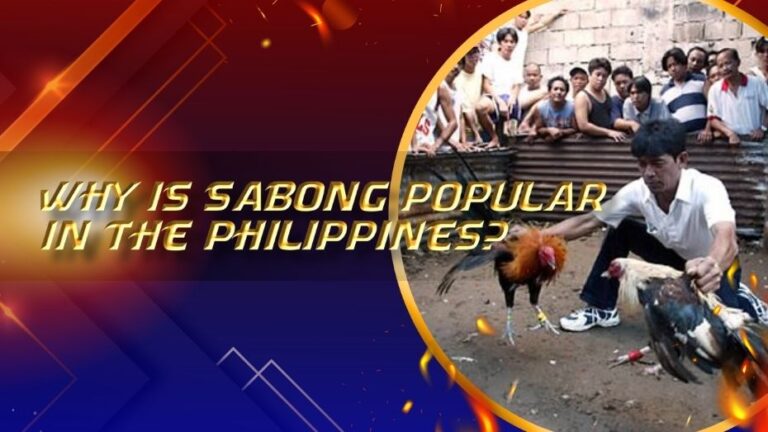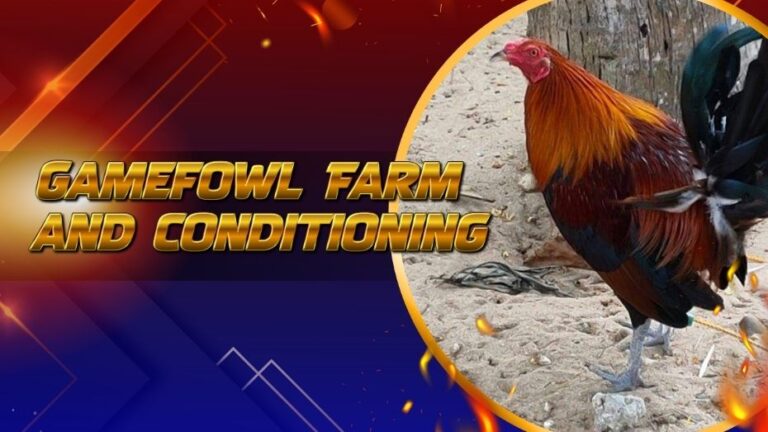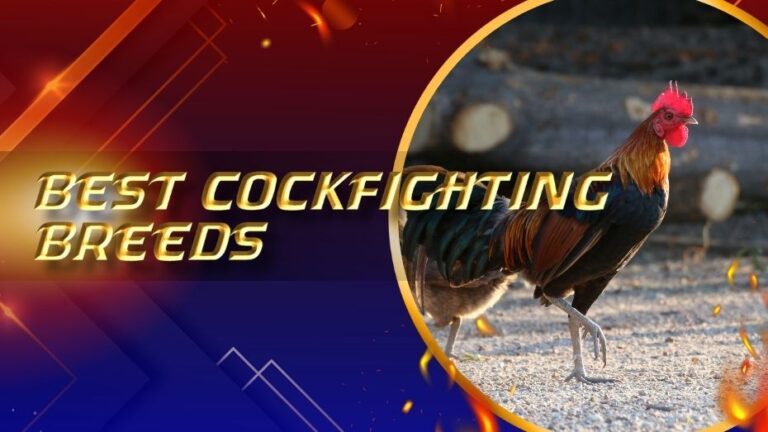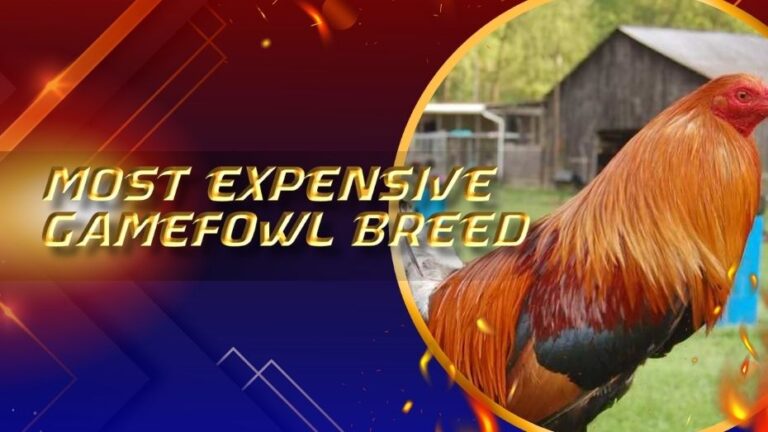Worst Cockfighting Breeds | Comprehensive Guide
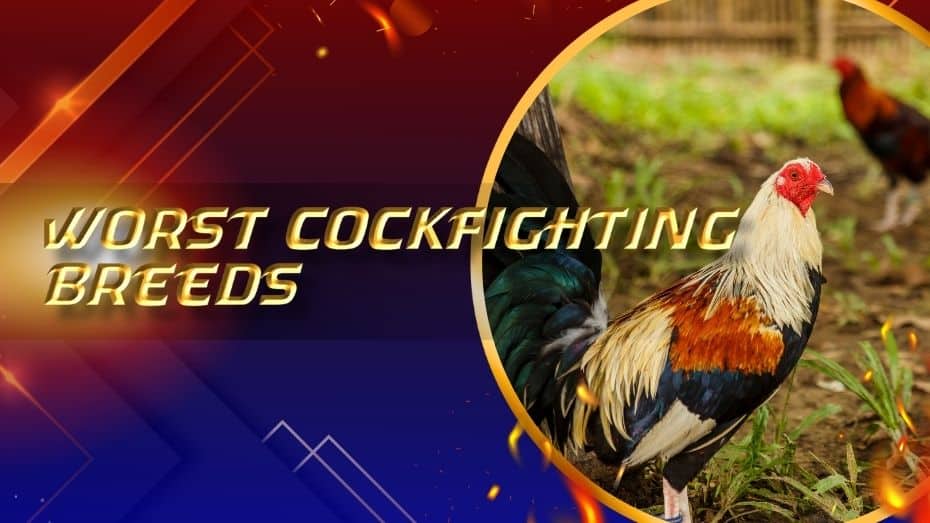
What is the worst kind of rooster to use for Sabong? Online Sabong has all the information you need.
Sabong is the traditional sport of fighting cocks. It has been controversial for many years, provoking debates from all sides, including ethical, legal and cultural. The matches are still held and punters as well as sabongeros bet on which game fowls will win.
The gamefowl are at the heart of this activity. They have been meticulously raised and trained to fight. Not all roosters perform equally in the arena. Certain breeds or types have characteristics that make them unsuitable for sabong match rigors.
Understanding Selective Breeding in Game Fowls
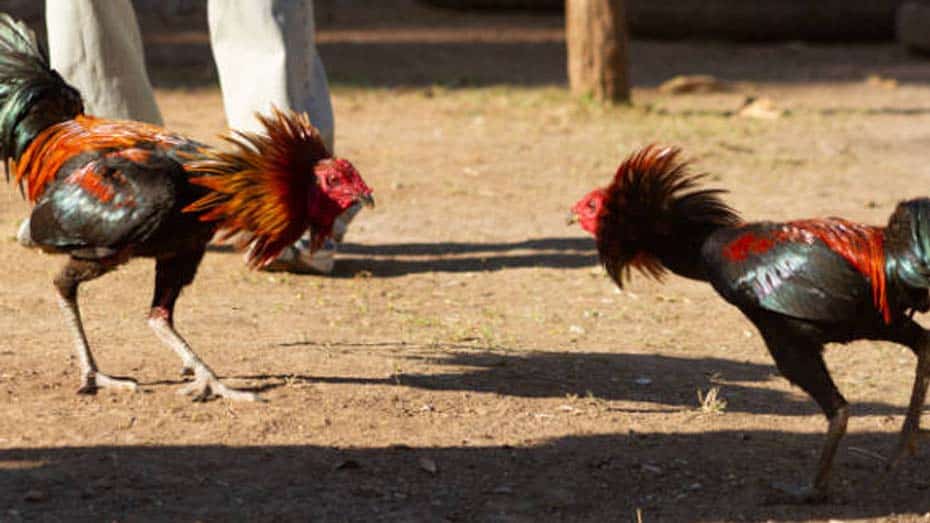
In the context of cockfighting, selective breeding and genetics are crucial to the improvement of game birds. This is an overview of the concepts.
Selective Breeding
Selective breeding is the deliberate selection of individuals who have desirable traits as parents for the next generation. Breeders selectively mate roosters with hens who exhibit traits such as strength and agility. They also look for hens and roosters that are aggressive, have endurance and show fighting instinct.
This process is designed to enhance desirable traits and minimize undesirable ones over successive generations. The result will be game fowls with superior performance in the cockpit.
Breeders consider a variety of factors before selecting breeding pairs. These include physical attributes, temperaments, fighting performance, and lineage. Breeders strive to improve their stock’s quality by selecting only the most competitive birds.
Rooster Genetics
The study of genetics is the study of the transmission and inheritance through genes. As in all living creatures, genes are responsible for traits like feather color, comb size, fighting ability, and comb shape.
Breeders can predict specific traits in their offspring by understanding the principles of genetics. This is based on the genetic makeup and characteristics of the parents. Breeders can minimize genetic variability by analyzing inheritance patterns and using techniques like linebreeding or inbreeding to increase the frequency and quality of desired traits within a population.
Breeders who want to optimize their breeding program can benefit from genetic testing and pedigree analyses. Breeders can use these tools to identify individuals with desirable genes,
avoid mating close relatives, and make informed decisions to achieve breeding goals.
In this blog, Online Sabong reveals the worst roosters for use at such events. It explains why they fail and the ethical implications.
The Worst Cockfighting Breeds in Sabong
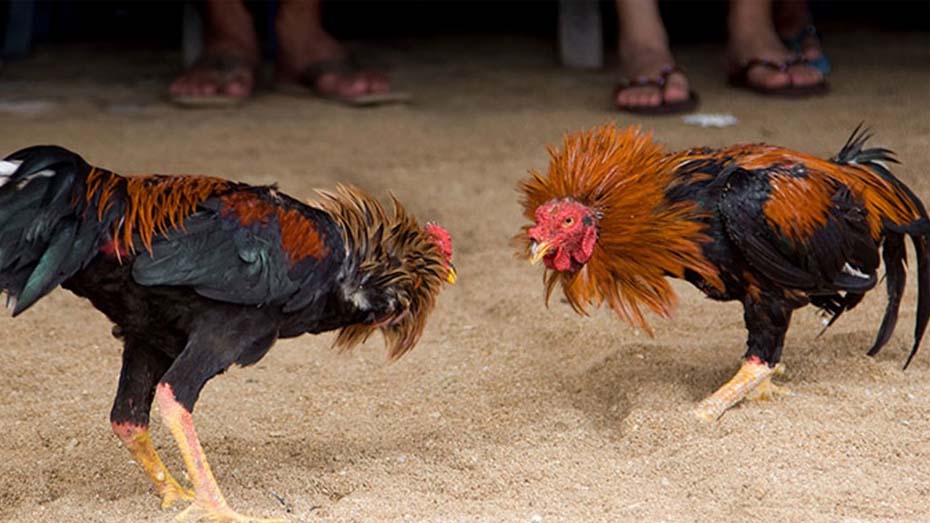
Chickens are beautiful creatures in and of themselves. They provide us with eggs, meat and feathers, among other things. They are also easy to locate and don’t require much maintenance. Not all breeds of game fowls share the same characteristics. Some roosters can be more aggressive than others.
Bantam Breeds
Although bantam roosters are visually appealing with their small size, they lack the strength and stamina required to fight for long periods in the cockpit. They are at a disadvantage in sabong competitions where power and endurance are important.
Brahma breed
The United States is the origin of the Brahma breed of chickens, which are renowned for their enormous size. Brahma chickens are known for their stubbornness and fierceness. They have been shown to attack other animals, humans and even other chickens.
Brahma is also known for its loudness, which can be a nuisance to the neighboring houses.
Leghorn breed
Leghorn chickens were first developed in Italy. In the past, they were bred primarily for their eggs. However, in recent years people have begun keeping them as pets and showcasing them at shows.
Leghorns have a white body and a crimson beak.
Even if the breed is not aggressive, they can become territorial when they feel threatened.
How to identify a failed breed
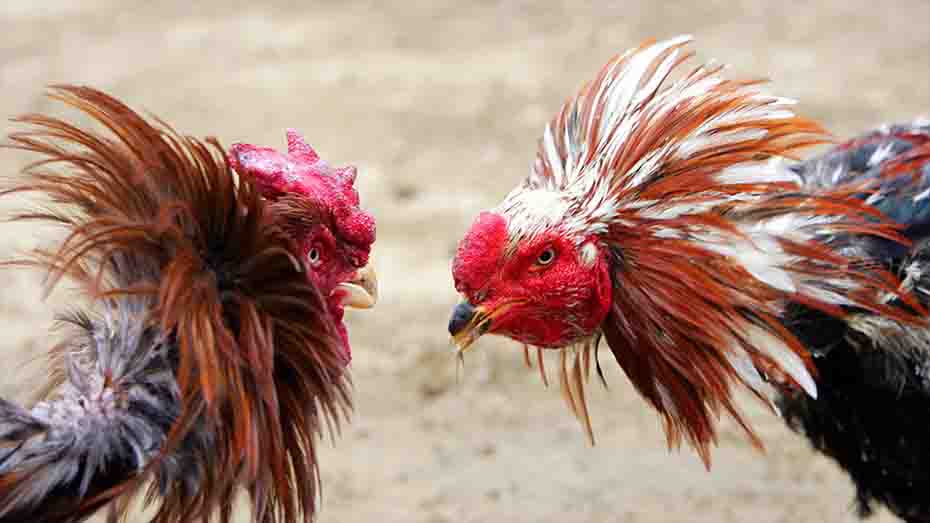
Crossbreeds that are not well-bred
Without careful consideration of the genetic traits, crossbreeding can produce roosters that lack the attributes necessary for success on the cockpit. In crossbred roosters, traits such as agility, durability, and aggression may be reduced or even absent. This makes them unsuitable for sabong competitions.
Old or injured Roosters
The use of old or injured roosters is not only unethical, but it also compromises integrity in the sport. These birds could have reduced physical abilities, making them an easy target for opponents. They may also be exposed to unnecessary harm. Breeders and enthusiasts who are responsible should put the welfare of their roosters first and avoid exposing unfit individuals to cockfighting.
Overweight or Unfit Roosters
Unfit or overweight roosters are not able to perform at their best in sabong games. Poor physical condition can lead to fatigue and injury due to excessive weight. Through proper diet and exercise, competitors should maintain their roosters’ weight and fitness levels.
Uncontrollable and Aggressive Roosters
Although aggression is desirable in sabong competition, roosters who exhibit uncontrollable, or excessively erratic, behavior can be dangerous to their handlers, spectators and other birds. These individuals can attack indiscriminately, causing unnecessary injuries and chaos within the cockpit. Responsible cockfighting fans should select roosters that have a manageable level of aggression and a temperament conducive to controlled fighting.
FAQs
Conclusion
The roosters mentioned above are not the best choice for sabong due to their limitations, health issues, and ethical implications. In the context of cockfighting, as the debate continues to develop, it’s important that participants and stakeholders evaluate the suitability for roosters to fight, prioritizing their welfare and maintaining the integrity of the game.
In the end, encouraging responsible breeding practices and promoting ethics within the cockfighting communities are vital steps to ensuring the wellbeing of roosters as well as the sustainability of Sabong culture.


